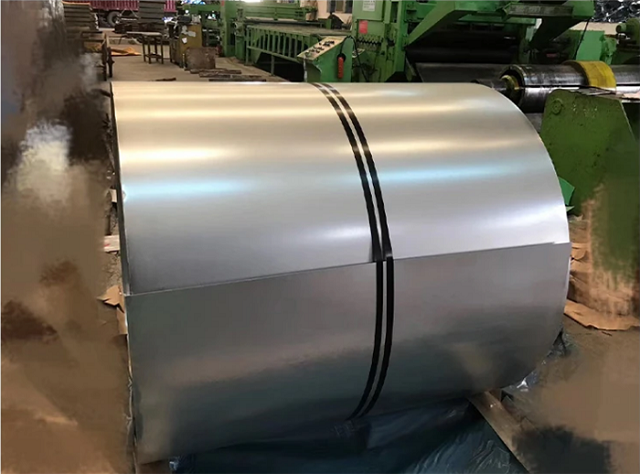 Language
▼
Language
▼
More Language
The galvanized sheet cost is a complex and variable topic, which is influenced by multiple factors. Here are some main analyses of the galvanized sheet cost:
The main raw materials for galvanized sheet are steel plate and zinc. The price fluctuation of steel plates will directly affect the cost of galvanized steel plates. At the same time, the price of zinc is also influenced by various factors such as international metal market supply and demand, geopolitical situation, and monetary policy, and therefore has great uncertainty. When the price of zinc rises, the cost of galvanized sheet will also increase accordingly.
The production process of galvanized sheet includes steps such as pretreatment, galvanizing, and post-treatment. The energy consumption, labor costs, equipment depreciation, and maintenance expenses in these steps will all constitute a part of the production cost. The complexity and efficiency of production processes can also affect costs. Efficient production processes can reduce energy consumption and labor costs, thereby lowering production costs.

The market supply and demand relationship is an important factor affecting the galvanized sheet cost. When market demand exceeds supply, the price of galvanized steel often increases, and vice versa. The changes in this supply-demand relationship are influenced by various factors, such as economic growth rate, infrastructure construction scale, and demand from the automotive industry.
The cost of galvanized sheet varies in different regions. This is mainly due to differences in raw material supply, labor costs, transportation expenses, and tax policies in different regions. For example, galvanized sheet manufacturers located near the source of raw materials may enjoy lower raw material costs, while regions with lower labor costs may have lower production costs.
Brand and quality are also important factors affecting the galvanized sheet cost. Famous brands and high-quality galvanized sheets often have higher added value, so the price will correspondingly be higher. However, these differences in brand and quality often mean better product performance and longer lifespan, thereby bringing higher value to customers.
The specifications and thickness of galvanized sheet also affect its cost. Galvanized sheets of different specifications and thicknesses require different raw materials, energy consumption, and process complexity in the production process, resulting in varying costs. Generally speaking, the larger the specifications and thicker the galvanized sheet, the higher the cost.
China galvanized plate manufacturer: Boxing Shuangshengda Steel specializes in galvanized sheet, galvanized steel plate,Colour steel plate etc.We have a full range of product specifications and types, low prices, and more than 20 years of experience, worthy of your trust